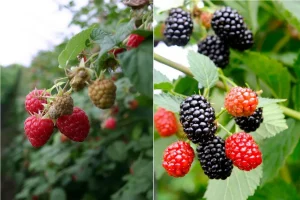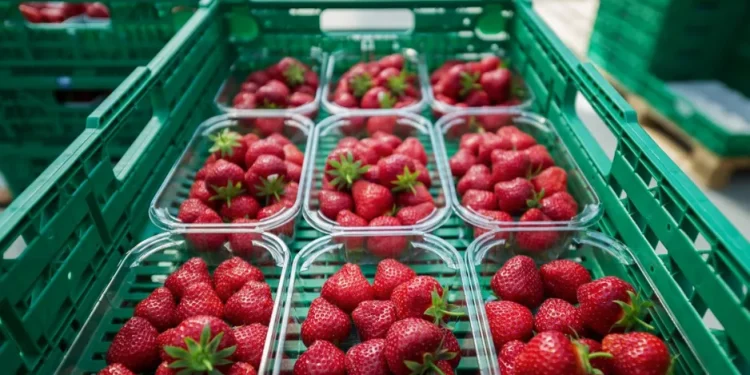In a groundbreaking study, researchers at the University of California, Davis, have uncovered new details about how plants regulate their growth through the degradation of a hormone called strigolactone. Published in Nature Communications on August 1, this research sheds light on the intricate mechanisms behind plant branching, offering significant implications for crop management and agricultural sustainability.
Strigolactone, a hormone discovered only in 2008, plays a pivotal role in controlling plant architecture by suppressing branching. By influencing how plants grow and interact with their environment, strigolactone also helps them respond to stresses such as drought and high salinity. Understanding how this hormone is regulated has the potential to unlock new strategies for improving crop yield and resilience, key concerns for investors and entrepreneurs focused on sustainable agriculture.
Decoding Strigolactone Degradation
The research team, led by Associate Professor Nitzan Shabek from the UC Davis Department of Plant Biology, focused on the enzymes that break down strigolactone in plants. While much is known about how plants synthesize hormones, the mechanisms behind their degradation remain largely unexplored. Recent studies suggested that carboxylesterases, a type of enzyme found across all forms of life, might be involved in breaking down strigolactone. However, the specifics of this process were unclear.
To investigate, the UC Davis team created 3D models of two particular carboxylesterases, CXE15 and CXE20, which were believed to be linked to strigolactone degradation. Using advanced techniques like x-ray crystallography and computer simulations, the researchers revealed that CXE15 is highly efficient at breaking down strigolactone, while CXE20 binds to the hormone but does not degrade it effectively.
Implications for Crop Growth and Sustainability
The study’s findings have far-reaching implications for agriculture. By better understanding how strigolactone is degraded, scientists can potentially manipulate this process to control plant growth more precisely. For many crop plants, including those vital to food security, more branches can mean more fruit, making this research particularly relevant to improving yields.
Moreover, the ability to regulate strigolactone levels could also enhance a plant’s resilience to environmental stresses. As global agricultural practices increasingly emphasize sustainability, such innovations could be crucial in developing crops that are not only more productive but also more resilient to changing climates.
Looking Forward
Shabek and his team plan to extend their research by exploring how carboxylesterase enzymes are produced in different plant tissues, such as roots and stems. This could further refine the understanding of how these enzymes influence plant growth and development, paving the way for practical applications in agriculture.
The study was supported by the National Science Foundation and the U.S. Department of Energy, highlighting the significance of this research in the broader context of agricultural science and sustainability.
For entrepreneurs and investors in the agricultural sector, these findings represent an exciting opportunity to develop new products and technologies that can enhance crop production while addressing the critical need for sustainable practices.










